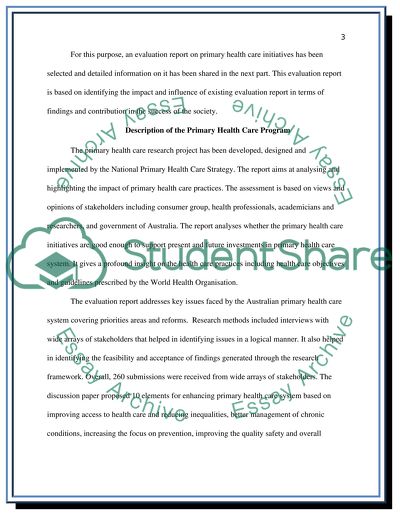Cite this document
(“Review of a Primary Health Care Evaluation Program Essay”, n.d.)
Retrieved de https://studentshare.org/health-sciences-medicine/1391634-critical-review-of-a-primary-health-care-program
Retrieved de https://studentshare.org/health-sciences-medicine/1391634-critical-review-of-a-primary-health-care-program
(Review of a Primary Health Care Evaluation Program Essay)
https://studentshare.org/health-sciences-medicine/1391634-critical-review-of-a-primary-health-care-program.
https://studentshare.org/health-sciences-medicine/1391634-critical-review-of-a-primary-health-care-program.
“Review of a Primary Health Care Evaluation Program Essay”, n.d. https://studentshare.org/health-sciences-medicine/1391634-critical-review-of-a-primary-health-care-program.


